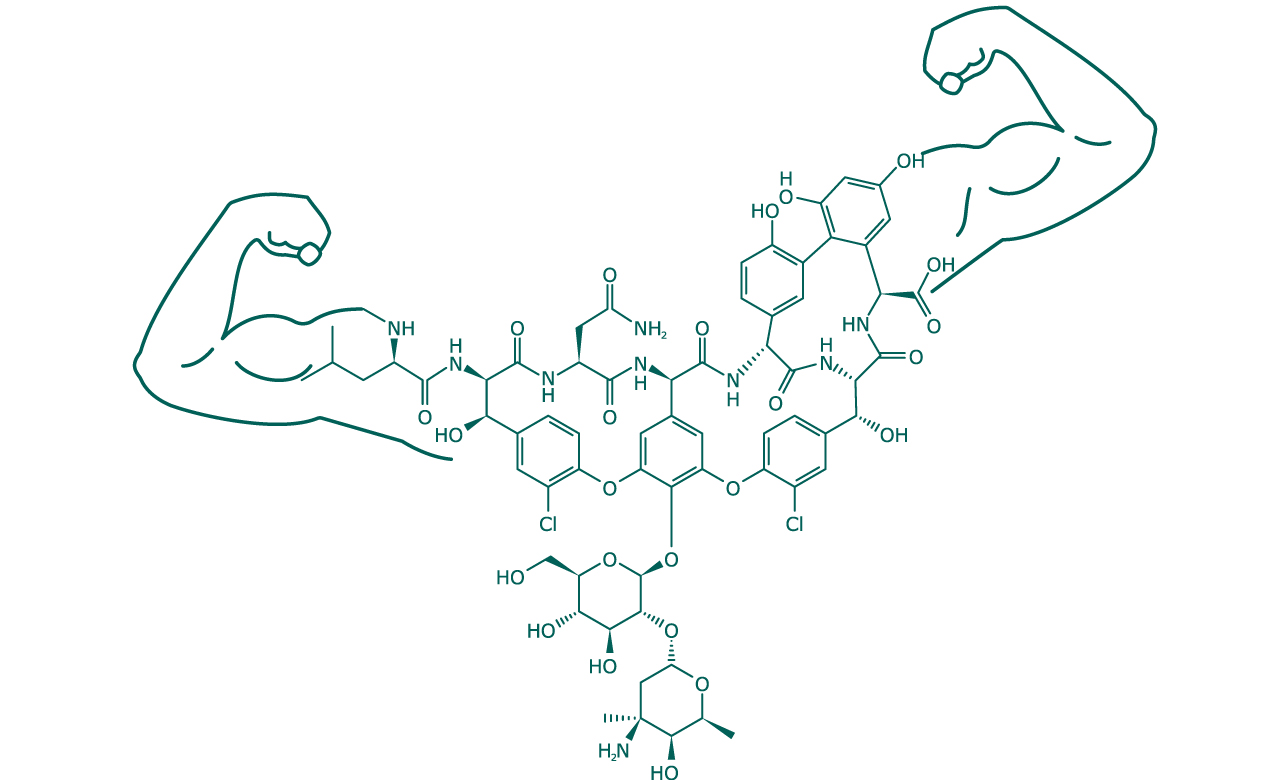Corey Diamond, PharmD
The safety and efficacy of area under the curve (AUC) monitoring in ICU patients receiving continuous renal replacement therapy (CRRT) has yet to be validated by the literature, but a new study by Wang and colleagues published in Pharmacotherapy on January 30, 2023, seems to shine light on the topic.
Wang and colleagues’ analysis is the first to compare vancomycin efficacy exposure targets (AUC vs. trough level) in critically ill patients using a population pharmacokinetic model. The research team concluded that an AUC threshold of 427 mg*h/L was the minimum recommended efficacy exposure target for ICU patients undergoing CRRT.
Conversely, trough level measurements were not correlated with efficacy in their model. As a result, the authors concluded that a vancomycin dose of 5–7.5 mg/kg every 12 hours should be the recommended initial dosing regimen for this patient population.

Study design
Wang and colleagues collected data from the public Medical Information Mart for Intensive Care IV database to conduct an efficacy regression analysis and a subsequent population pharmacokinetic (PPK) analysis. The data from over 150 ICU patients undergoing CRRT between 2017 and 2019 included Bayesian AUC estimations and trough concentrations. Multivariate regression analyses were then performed to correlate the vancomycin AUC and trough concentration with clinical efficacy outcomes.
The primary outcome of interest was vancomycin treatment failure, which was defined as a positive culture 3 or more days after vancomycin initiation, recurrence of bacteremia within 30 days, or 30-day all-cause mortality. The most common dosing frequency was vancomycin every 24 hours, followed by every 12 hours.
Results
The efficacy analysis revealed that of the 159 total critically ill patients, 62% experienced vancomycin treatment failure. The median AUC and trough concentrations of these patients were 14.8 mg/L and 379.6 mg*hr/L, respectively. Perhaps unsurprisingly, the regression analysis revealed that vancomycin AUC was the only efficacy measurement that predicted treatment efficacy, with trough correlations only being weakly correlated to AUC.
The researchers used a receiver operating characteristic curve, in which they determined a vancomycin AUC of 427 mg*hr/L had the highest correlation with clinical efficacy. However, due to difficulties assessing nephrotoxicity in patients on CRRT, researchers were not able to determine an upper AUC threshold that correlated with safety outcomes.
Dosing recommendations
Using data for their efficacy analysis to derive a PPK model, the research team conducted a Monte-Carlo simulation that contained over 10,000 virtual patients. The simulation classified virtual patients into 5 CRRT intensity categories: 20–25 mL/kg/hr, 25.1–30 mL/kg/hr, 30.1–35 mL/kg/hr, 35.1–40 mL/kg/hr, and 40.1–45 mL/kg/hr. The authors were able to conclude that the optimal vancomycin dosing regimens for a CRRT intensity of 20–25 mL/kg/hr was 5 mg/kg q12h.
For all CRRT intensities above 25 mL/kg/hr, a vancomycin regimen of 7.5 mg/kg every 12 hours showed the highest probability of AUC target attainment (427 mg*hr/L).
Implications and limitations
Current vancomycin dosing guidance, based on 2020 consensus guidelines, recommends an AUC target goal of 400–600 mg*hr/L for adults with confirmed or suspected MRSA infection, including patients on CRRT. However, the results of Wang and colleagues’ analyses would suggest that the lower goal AUC threshold may need to be raised slightly in ICU patients undergoing CRRT.
“The reason may be that critically ill patients undergoing CRRT in this study needed more antibiotic exposure since they had more severe infections and worse physical conditions,” stated the study authors in their article.
While the minimum AUC may necessitate change in patients with critical CRRT, the researchers make no recommendations on changing the upper AUC target limit of 600.
“It is well known that nephrotoxicity is the most common adverse reaction of vancomycin,” the authors continued. “However, nearly all patients undergoing CRRT are diagnosed with AKI [acute kidney injury], which makes it difficult to distinguish whether it is due to an adverse reaction or thedisease state of the patient. The safety exposure target was therefore not explored in this study. The upper limit of vancomycin exposure recommended in the guideline was used in further analyses.”
Although not yet reflected in official guidance, the results of Wang and colleagues’ analysis offer an evidence-based approach to optimal vancomycin dosing and monitoring strategies for critically ill patients with CRRT and could eventually be endorsed by official guidance.
Further study can confirm safety data of the researchers’ approach. ■